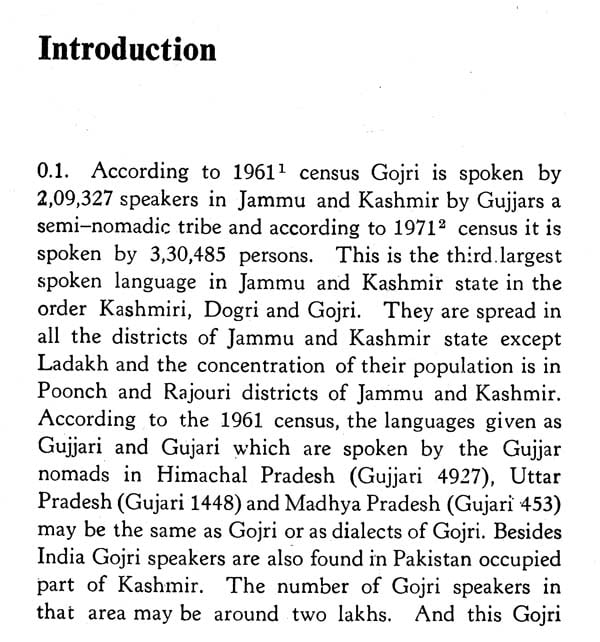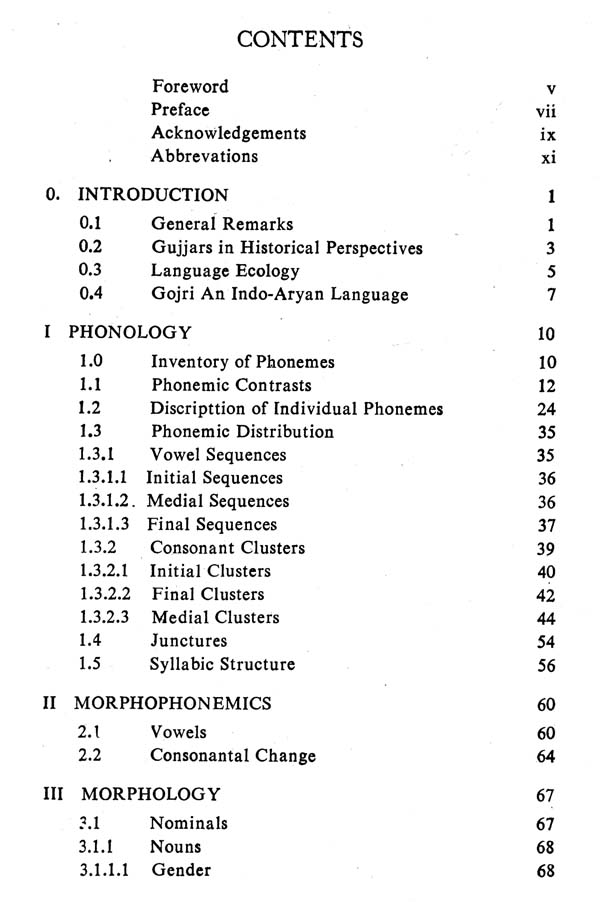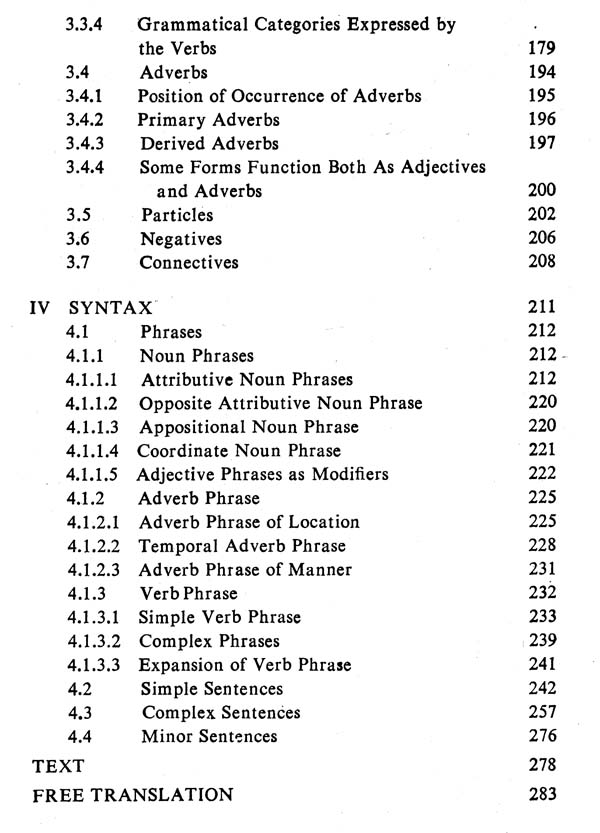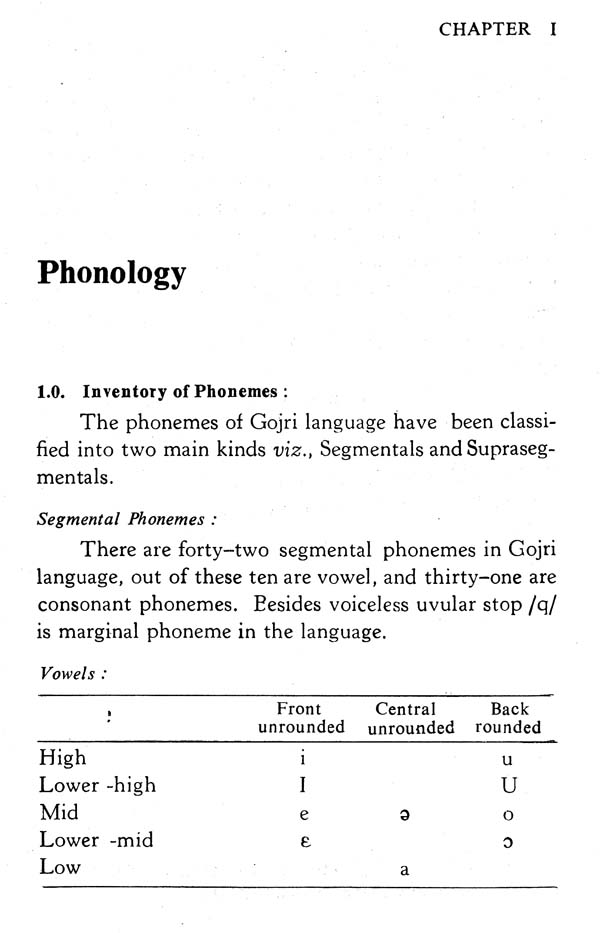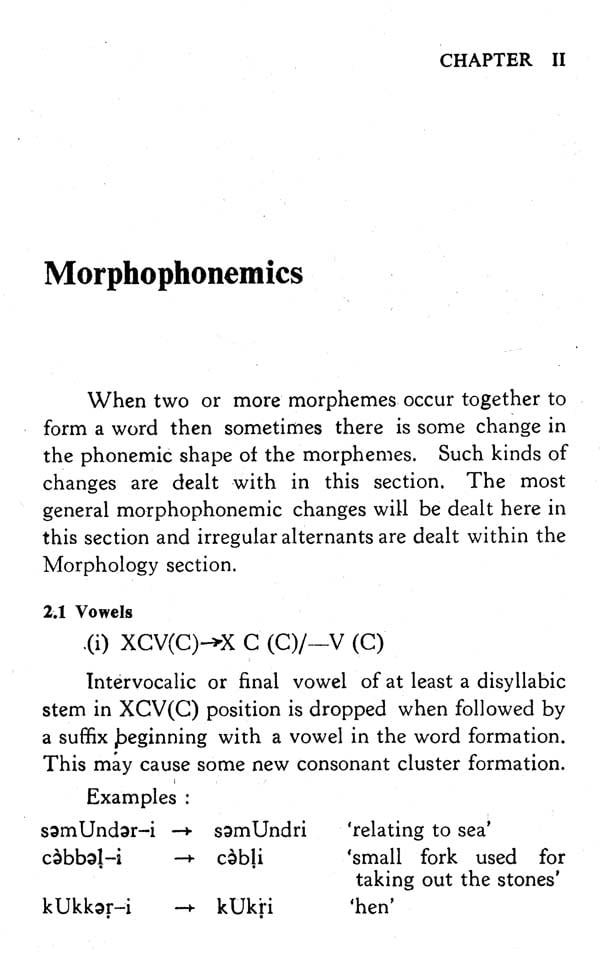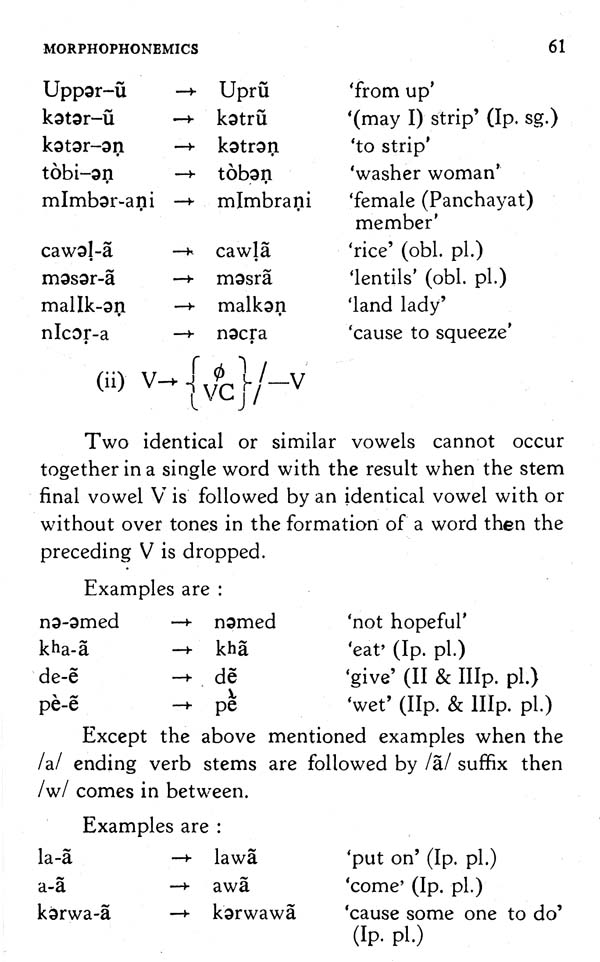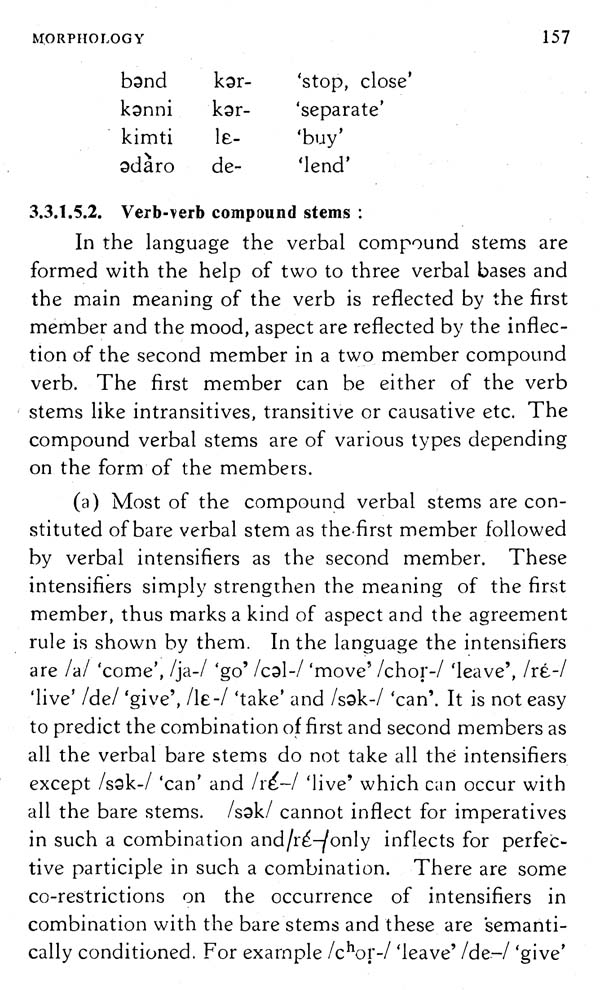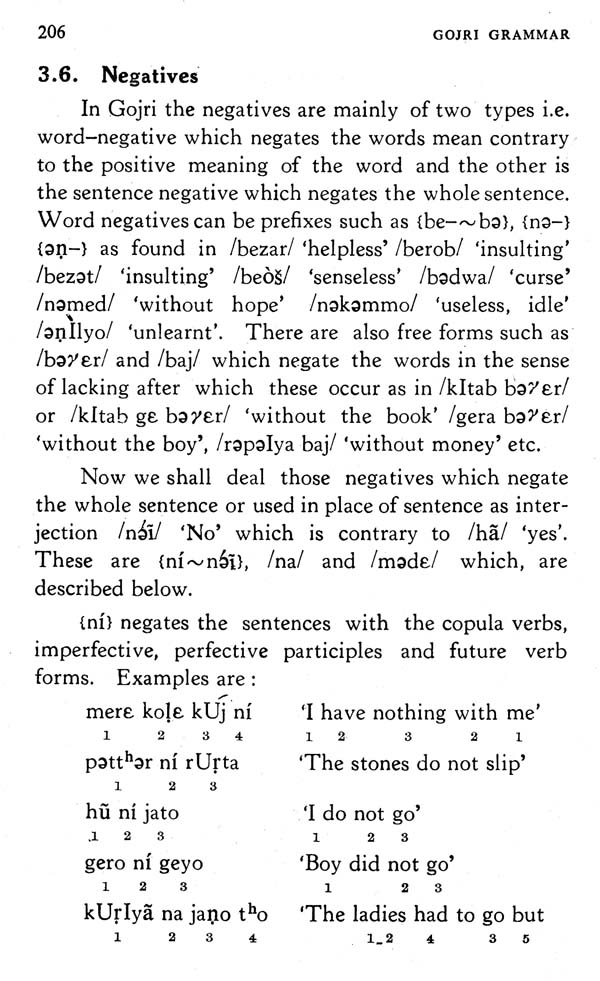
Gojri Grammar (An Old and Rare Book)
Book Specification
| Item Code: | NAW683 |
| Author: | Jagdish Chander Sharma |
| Publisher: | Central Institute Of Indian Languages, Mysore |
| Language: | Gojri and English |
| Edition: | 1904 |
| Pages: | 284 |
| Cover: | PAPERBACK |
| Other Details | 8.50 X 5.50 inch |
| Weight | 280 gm |
Book Description
The Central Institute of Indian Languages was set up on the 17th July, 1969 with a view to assisting and co-ordinating the development of Indian languages. The Institute was charged with the responsibility of serving as a nucleus to bring all the research and literary output from the various linguistic streams to a common head and narrowing the gap between basic research and developmental research in the fields of languages and linguistics in India.
The Institute and its four Regional Language Centres are thus engaged in research and teaching which lead to the publication of a wide-ranging veritey of meterials. Preparation of materials designed for teaching/learning at different levels and suited to specific needs is one of the major areas of interest of the Institute. Basic research relating to the acquisition of language and study of language in its manifold psycho-social relations constitute another broad range of its interest. The publication will include meterials produced by the members of the staff of the Central Institute of Indian Languages and its Regional Language Centres and associated scholars from universities and institutions, both Indian and foreign.
The Central Institute of Indian Languages has initiated the Grammar series in non-literate languages in general and tribal languages in particular presenting a description of every such language in the sub-continent. This is undertaken with a view to producing instructional material necessary for learning and teaching the language concerned. It is also expected to be of synchronic and diachronic study of languages.
If these materials help solving problems, both individual and corporate, and help in understanding the people speaking the language, then our efforts will be deemed to have been amply rewarded.
The tribal people in India have for long lived in isolation except to be exposed for exploitation. They have not participated to their benefit in the socioeconomic development of the country. To come out of their isolation, it is necessary for them to learn the language of the majority people around them and a number of them have done so. But this bridges the communication gap only in one way and the whole burden of building up this bridge is carried by the minority group. It is necessary, however, for developing mutual understanding and good-will, to increase bidirectional communication between the tribal people and the majority of people of the region. For this purpose, the majority people, especially those who come in contact with the tribal people for various reasons such as civil administration, security, social service, trade etc., should learn their language. The Grammar, which forms part of the package consisting of phonetic reader, bi- or tri-lingual dictionary and teaching manual is prepared to help them in their learning of the tribal language.
The organisation of the Grammar is based on grammatical functions rather than on grammatical forms. This will help the new learner to find easily how the different functions, which he already knows and wants to express, are formalised in this language. Since this Grammar is primarily meant for pedagogical purposes, theoretical discussions and justifications for a particular analysis are kept to a minimum. The Grammar is divided generally into two broad categories of noun morphology and verb morphology. A description of adjectives and adverbs follows verb morphology. The chapter on syntax describes the order of the constituents at the surface level.
Though the Grammar is primarily aimed at the language learner and the teacher, it is hoped that it will also be useful to Linguists interested in typology and universals.
Data for the Grammar were collected in the field primarily from one informant by elicitation through word and sentence lists. They were then cross-checked with some other informants. The description may not be exhaustive and there might be gaps. There might be possibilities for alternative analyses. Comments and suggestions passed on to us will be useful to improve our future publication in this series.
**Contents and Sample Pages**

